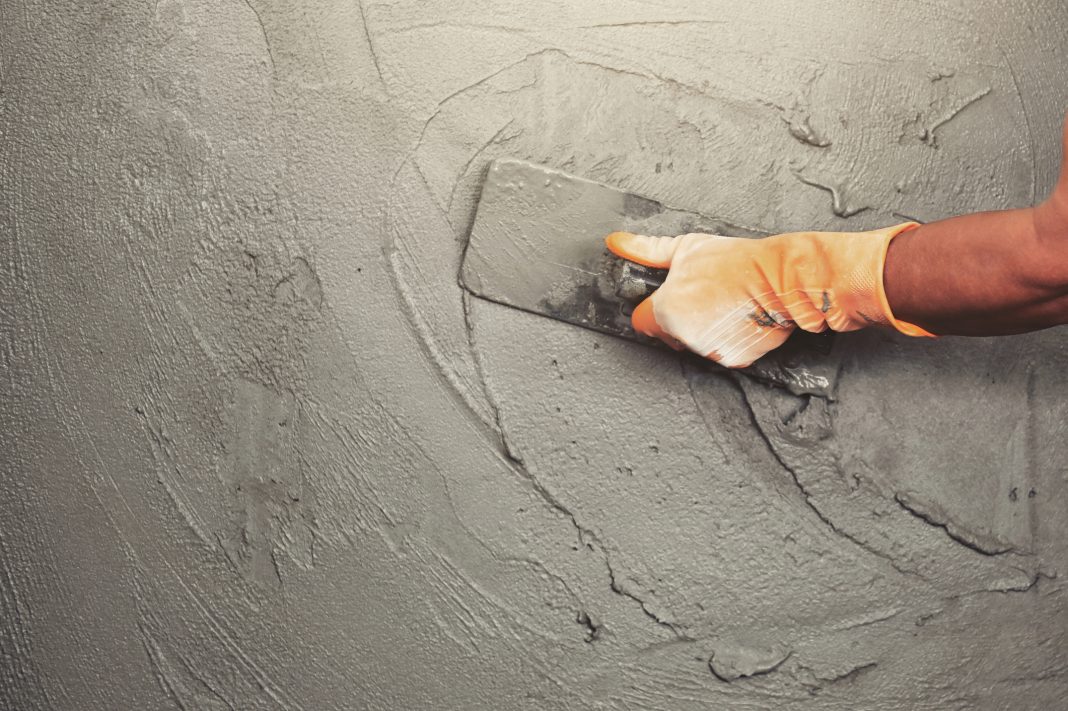Hegoi Manzano from the University of the Basque Country (UPV/EHU) explores CO2 mineralization in cement and concrete, along with related EU policies and programmes, as well as carbon capture, utilisation, and storage
EU policies and strategies for decarbonising cement and concrete
The European Union (EU) has committed to achieving net-zero greenhouse gas emissions by 2050, which requires deep cuts in CO2 emissions from energy-intensive industries. (1) Cement production alone accounts for roughly 8% of global CO2 emissions. About 60% of these emissions come from the calcination of limestone and are inherent to the material as we know it, while the remaining ~40% comes from burning fuels in cement kilns.
Recognising this challenge, the EU has integrated cement decarbonisation into its climate and industrial strategies. The EU employs instruments like the Emissions Trading System (ETS) to incentivise emission reductions and a Carbon Border Adjustment Mechanism (CBAM) to prevent carbon leakage. By 2030, the EU targets a 55% emissions reduction compared to 1990, pushing industries toward deep decarbonisation, with the cement industry aiming for near-zero emissions within three decades.
In response to the EU goals, the European Cement Association (CEMBUREAU) published its Net Zero Roadmap in May 2024. (2) This roadmap sets several key milestones, including an initial 37% reduction in CO2 emissions from cement production and a 50% cut across the entire cement and concrete value chain by 2030, followed by a 78% reduction in cement production emissions and 93% down the value chain by 2040.
However, the ultimate goal of CEMBUREAU is to achieve net-zero CO2 emissions from cement production by 2050, with the potential to become carbon-negative when considering the entire value chain.
Carbon capture, utilisation and storage
The EU’s and CEMBUREA’s strategies point to carbon capture, utilisation and storage (CCUS) as a key technology to achieve the net-zero objective by 2050. While Carbon Capture and Storage (CCS) focuses on the geological storage of captured CO2, Carbon Capture and Utilisation (CCU) explores using the captured CO2 as a resource to create new products. Among the various CCU technologies, CO2 mineralization stands out as a promising approach for the cement and concrete sector.
In CO2 mineralization, the captured CO2 reacts with calcium or magnesium-rich materials to form stable carbonate minerals. This process effectively locks away the CO2, offering a permanent storage solution. In the context of cement and concrete, CO2 mineralization can occur at different stages of the material’s lifecycle. It can be integrated into the production of cement and concrete products or applied to end-of-life concrete. (3)
One of the key benefits of CO2 mineralization is its potential to not only store CO2 but also enhance concrete properties. Research has shown that incorporating CO2 into fresh concrete through mineralization can improve early strength and durability, potentially reducing the amount of cement needed in the mix.
Furthermore, CO2 mineralization offers a pathway to valorise industrial wastes and by-products that contain calcium and magnesium, such as steel slag, fly ash, and even end-of-life concrete, using them as reactants in the carbonation process. (4)
EU funding programmes supporting mineralization technologies: The CONTRABASS MSCA Doctoral Network
The EU actively supports research and innovation in CO2 mineralization technologies in the Horizon Europe programme, including the recent 2024 Pathfinder call with a challenge focused on engineered carbon mineralization pathways.
A prominent example is the “zero-CO2 cemeNt ThRough cArBonation of cAlcium Silicates and aluminateS” CONTRABASS doctorate network (5) launched in January 2024. Funded under the Marie Skłodowska-Curie Actions of the Horizon Europe programme and coordinated by the University of the Basque Country (UPV/ EHU) in Spain, CONTRABASS focuses on building a high-quality doctoral training programme to investigate the fundamental physicochemical processes governing the carbonation of clinker phases and cement paste, and the formation of calcium carbonate cements (CCCs).
The CONTRABASS network involves a consortium composed of 9 research institutions from Spain, Germany, Finland, France, Norway, the UK, and Poland, plus a few associated partners from both academia and industry (HOLCIM, Heidelberg Materials, TITAN, SIKA and Chryso Saint Gobain). The project has received a total EU contribution of €2,171,340.
The main scientific objectives of CONTRABASS are first, to identify the carbonation mechanisms of clinker components, especially calcium aluminates; second, to understand the carbonation processes of the calcium silicate hydrate (C-S-H) gel and the cement paste; and third, to unravel the factors that govern calcium carbonate (CaCO ) polymorphism, nucleation, and 3 growth rates. Further objectives include improving current databases for thermodynamic and reactive-transport modelling of carbonation and effectively communicating the project results and the benefits of CCCs to society, the media, and policymakers.
The network is training ten Doctoral Candidates in material science and material-society interactions. The core of the training programme are the Training Weeks, which cover fundamental research topics such as numerical modelling and materials characterisation, applied research topics such as industrial applications and societal impact, alongside transferable skills development in areas like data management, scientific writing, ethics, and communication.
Ultimately, CONTRABASS will contribute to the development of zero-CO2 cement through a deeper understanding of the carbonation process and train a generation of researchers specialised in CO2 mineralization in cement and concrete. The project outcomes are expected to provide fundamental knowledge and practical know-how to overcome the challenges in implementing CCCs on a large scale, thus supporting the EU’s and the global cement industry’s decarbonisation goals.
References
- https://commission.europa.eu/strategy-and-policy/priorities-2019-2024/european-green-deal_en
- https://cembureau.eu/library/reports/2050-carbon-neutrality-roadmap/
- Zajac, M., Skocek, J., Ben Haha, M., & Deja, J. (2022). CO2 mineralization methods in cement and concrete industry. Energies, 15(10), 3597.
- Meesaraganda, L. V. P., & Kazmi, M. A. (2024). Performance enhancement of concrete produced with two-step CO2 mineralization. Iranian Journal of Science and Technology, Transactions of Civil Engineering, 1-13.
- https://www.contrabass-msca.eu



